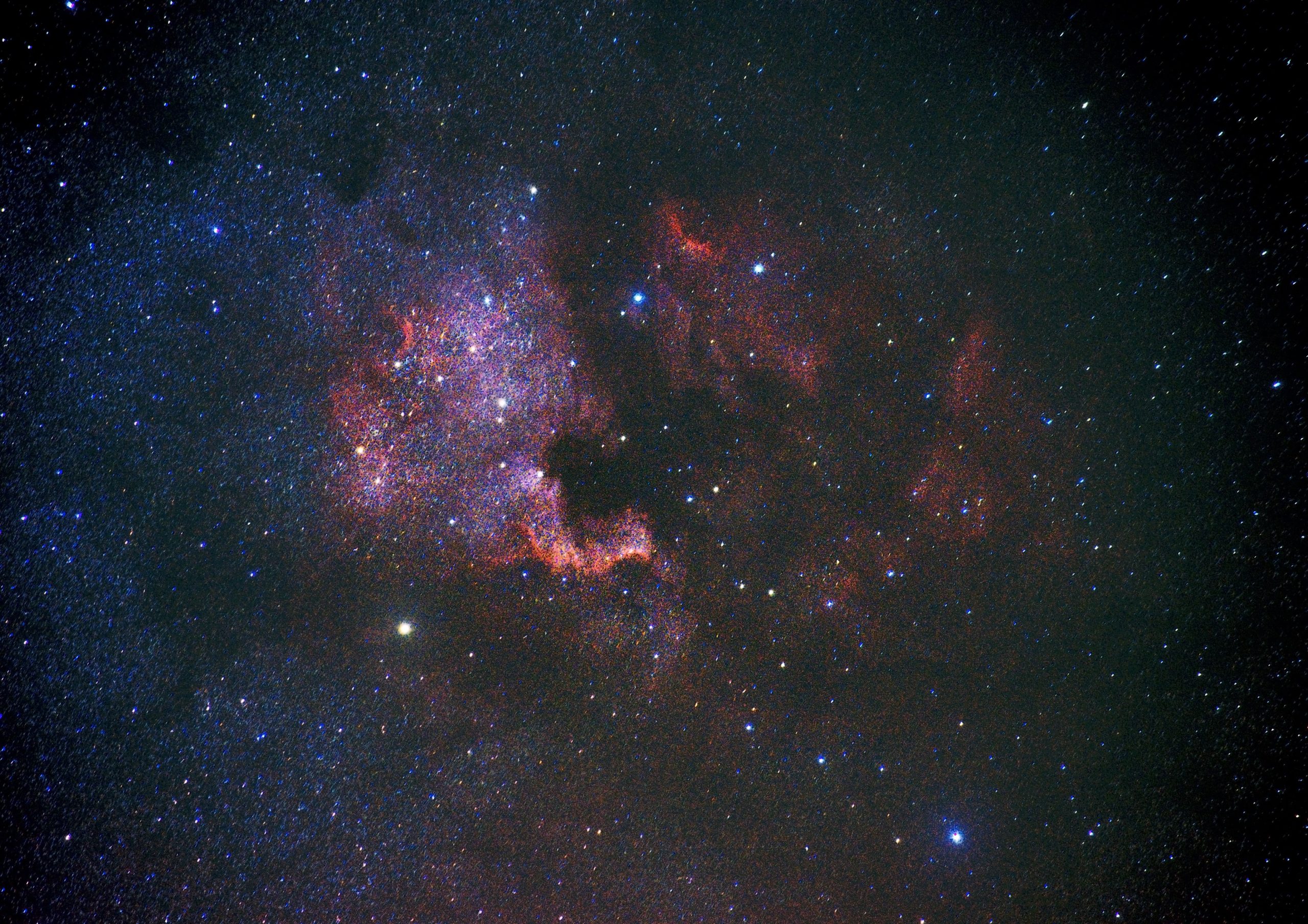What Does a New Moon Look Like from Earth?
The night sky has always been a source of fascination for humans. From ancient times to the present day, people have looked up at the stars and wondered about the mysteries of the universe. One of the most intriguing aspects of this celestial panorama is the moon. This celestial object has played a significant role in human culture and mythology, and its different phases have captivated us for centuries. Among the moon’s phases, the new moon is a particularly interesting phenomenon. It is a time when the moon appears to vanish from the night sky, leaving stargazers with a dark and mysterious canvas. But what exactly does a new moon look like from Earth?
The Science Behind the New Moon
To understand what a new moon looks like, we need to delve into the science behind it. The moon orbits around the Earth in an elliptical path. As it moves in its orbit, different portions of the moon are illuminated by the sun, causing different phases to be visible from Earth. The new moon is the phase that occurs when the moon is situated between the Earth and the sun. At this point, the moon is in conjunction with the sun, meaning that its illuminated side is facing away from us.
During a new moon, the sun and moon are aligned almost perfectly, with the sun shining on the side of the moon that is facing away from us. This alignment causes the moon to blend into the bright daytime sky, making it difficult to see. In fact, during a new moon, the moon is often completely invisible from Earth’s vantage point. The only exception is during a solar eclipse, where the moon passes directly between the Earth and the sun, temporarily blocking the sun’s light and casting a shadow on the Earth.
Absence of Moonlight
One of the most distinctive characteristics of a new moon is the absence of moonlight. Unlike other phases of the moon, where we can see the moon shining brightly in the night sky, during a new moon, the moon is invisible, and its absence is felt. This absence of moonlight can have various effects on Earth, from stargazing to wildlife behavior.
From an astronomical perspective, the absence of moonlight during a new moon provides optimal conditions for stargazing. With the moon out of the picture, the night sky appears darker and clearer, allowing stars and other celestial objects to shine brighter. This provides a unique opportunity for astronomers and stargazers to observe distant galaxies, constellations, and other celestial phenomena that may otherwise be obscured by the moon’s glow.
In addition to its impact on stargazing, the absence of moonlight during a new moon can also affect wildlife behavior. Many nocturnal animals rely on the moon’s light for navigation, hunting, and mating rituals. During the new moon, their ability to navigate and find food can be impaired, impacting their behavior and potentially disrupting ecosystems.
Phases Leading up to and Following the New Moon
The new moon is just one phase in a cycle of lunar phases that repeat approximately every 29.5 days. Before and after the new moon, the moon goes through various phases, each with its own distinct appearance. These phases include the waxing crescent, first quarter, waxing gibbous, full moon, waning gibbous, and third quarter. Understanding these phases can help provide a broader context for what a new moon looks like.
Leading up to the new moon is the waning crescent phase, where only a small crescent of the moon is visible. As the days progress, the illuminated portion of the moon gradually decreases until it reaches the point of the new moon. After the new moon, the moon enters the waxing crescent phase, where a small crescent shape begins to reappear in the night sky. This phase is followed by the first quarter, waxing gibbous, and eventually the full moon. After the full moon, the moon enters the waning gibbous phase, followed by the third quarter, and the cycle begins again.
Conclusion
While a new moon may not be visually striking like a full moon, its presence, or rather absence, has an undeniable impact on the night sky and the world around us. From providing optimal conditions for stargazing to influencing wildlife behavior, the new moon offers a unique glimpse into the ever-changing cosmic dance between the Earth, moon, and sun. So the next time you step outside on a moonless night, take a moment to appreciate the mysterious beauty of a new moon, hidden in plain sight.
Table of Contents
